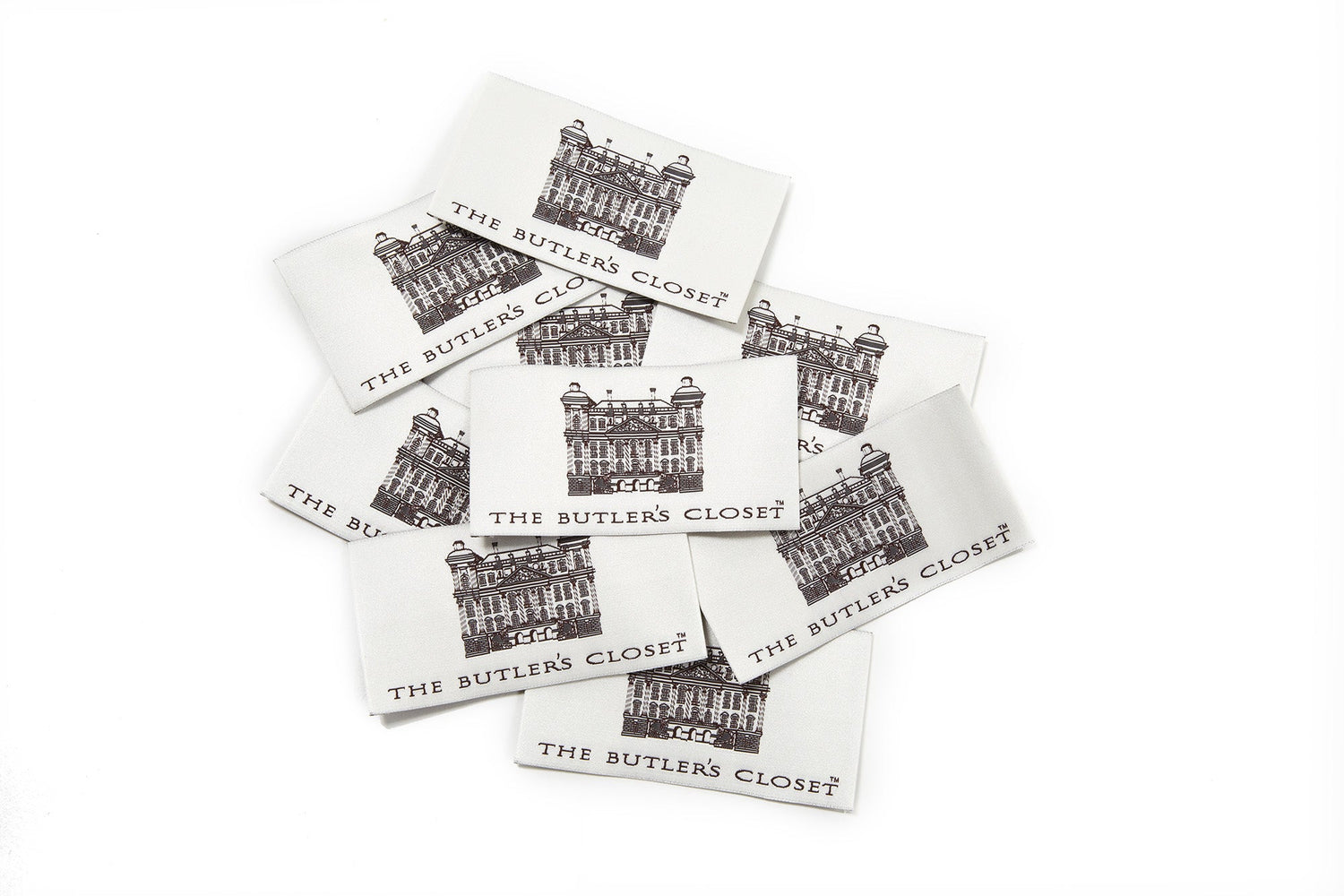British Social History––a Brief Introduction and Books of Interest
Brief History of The English Country House and Books to Consider
British Social History from Feudal Times––The Role of the Lord and his Noblemen
The development of British society from feudal times forward is presented in an excellent book by Dr. Mark Girouard. Dr. Girouard was named a Slade Professor of Fine Art at Oxford University in 1975 and has written extensively about social and architectural history.
A remarkable scholar with a great sense of humor, Dr. Girouard paints a very vivid portrait of early life in the English countryside.

His book, Life in the English Country House: A Social and Architectural History was published in 1978.
The Lord and his "household" traveled and moved through the countryside from one large residence to another.As Girouard describes, many of the architectural traditions we take for granted today—like the great halls in very early Stately Homes—were built to accommodate the Nobility and their "households" which consisted of hundreds of people.
This was a rural aristocratic society and power was based on the ownership of vast tracts of land. The land was farmed by lesser nobles and yeomen who were loyal supporters and part of the Lord's "household."
In medieval times the most highly ranked Nobles actually served the Lord at his table, farmed the land, and raised armies to defend the Lord and his holdings. It was both an honor and duty to be a member of the Lord's "household."
Eventually, the Nobility was expected to spend more time in the presence of the King at the Court in London, and the nature and use of the aristocrats' homes in the countryside changed.
Traditions evolved over the centuries and the Nobility played a less prominent role while a more permanent domestic staff was retained to manage these enormous estates.
Architecture Reflected the Roles of Aristocrats and their Extended Households
The architecture of these Stately Homes also evolved as separate working quarters were designed for the staff—often "below stairs"—where household duties were kept far away from the aristocrats and their families.
While the Butler's duties were specific to the management of the Stately Home, and did not include the agricultural interests, the talent required to keep these extensive and opulent households running smoothly cannot be overestimated.
These aristocratic homes flourished for many years through the reign of Queen Victoria continuing into the Edwardian era at the turn of the last century. Then life began to change as did the role of the Butler and his staff.
The industrial revolution brought the introduction of electricity and modern plumbing that made some staff positions obsolete.
The End of an Era
As the twentieth century began, the advent of the horseless carriage—the automobile—brought additional disruption. And, in 1914, World War I began and altered the world forever. The flower of English youth perished, London was bombed, and Stately Homes in the countryside were used as a refuge for children or converted to serve as hospitals.
The beautiful, madcap and indulgent life led by many in the aristocracy through the Edwardian Era was never the same after the World War I and changed dramatically following the Second World War.
Novels and Non-Fiction Books Paint a Vivid Portrait of Aristocratic Life
As great aristocratic fortunes were lost, the fate of many Stately Homes became precarious. Staffs were reduced and the wars produced opportunities for employment outside of a life "in service."
Many great estates were sold or demolished in the aftermath of World War I. Great Britain had enormous debts to repay as a result of the war and taxes were raised considerably.
Many books give a wonderful flavor of these heady and turbulent years
- The Perfect Summer England 1911, Just Before the Storm by Juliet Nicholson
- The Great Silence, Britain from the Shadow of the First World War to the Dawn of the Jazz Age by Juliet Nicolson
- The Rainbow Comes and Goes, The Lights of Common Day, Trumpets from the Steep––Lady Diana Cooper's three volume autobiography
- The Long Weekend: Life in the English Country House, 1918-1939 by Adrian Tinniswood
- The Six: The Lives of the Mitford Sisters by Laura Thompson
Evelyn Waugh chronicles this lost way of life and depicts the British aristocracy and high society at its best. His acerbic wit is extraordinary. His most popular novels paint a fascinating portrait of life in England during the first half of the last century:
- Scoop
- Vile Bodies
- Decline and Fall
- Brideshead Revisited

